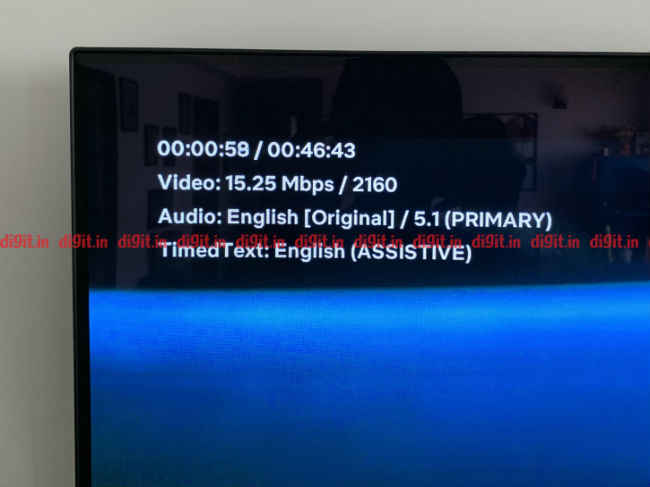Due to the Coronavirus outbreak, the entire nation has taken to working from home wherever possible. This has led to a lot of telecom and broadband service providers increasing their data caps and providing special work from home plans. However, with the increase in the number of people staying at home, recreation has led to a rise in content consumption from OTT platforms and people playing video games. While the latter can happen offline as well, content consumption from OTT platforms requires you to be online and consuming bandwidth. In a fight to keep the network’s congestion-free and data caps intact, OTT platforms have been requested to reduce their streaming quality. Netflix has announced that it has made the decision to reduce traffic on telecom networks in India by 25% while we maintain the quality of service for our members.
Ken Florance, VP Content Delivery, Netflix says, “Given the crisis, we’ve developed a way to reduce Netflix’s traffic on telecommunications networks by 25% while also maintaining the quality of our service. So consumers should continue to get the quality that comes with their plan - whether it’s Ultra-High, High or Standard Definition. We believe that this will provide significant relief to congested networks and will be deploying it in India for the next 30 days”.
From the above statement, we can understand that if you have the top of the line Netflix plan offering content in 4K and HDR, including Dolby Vision, you will continue to get content in that quality. However, the question still remains, how many people in India are subscribed to that plan? Compared to other local OTT platforms, Netflix has a small market share in the country.
Speaking of plans, Netflix has the following available in India.
Mobile: This plan lets you watch on 1 mobile phone or tablet at a time in Standard Definition. It also lets you download content for offline viewing. The plan is priced at Rs 199 per month.
Basic: This plan lets you watch content on 1 screen at a time in Standard Definition. It also lets you download content for offline viewing. This plan is priced at Rs 499 per month.
Standard (HD): This plan lets you watch content on 2 screens at a time. Full HD (1080p) is available in this plan. It also lets you download content for offline viewing. It is priced at Rs 649 per month.
Premium (Ultra HD): This plan lets you watch content on 4 screens at a time. Full HD along with Ultra HD content and HDR is available in this plan, including Dolby Vision and Dolby Atmos. It also lets you download content for offline viewing. This plan is priced at Rs 799 per month.
To understand how Netflix delivers content to you, know that it does something called adaptive streaming. This adjusts the video and sound quality based on your bandwidth. This not only gives the best possible quality at your available bandwidth but also ensures a buffer-free streaming experience. Netflix also has cached servers all over the world and depending on where you are, Netflix connects you to the server closest to you. This also helps give you a smoother streaming experience.
If you are one that likes watching content on your state of the art home theatre, then the screenshot below should be of some relief to you.

(Above) Bandwidth Consumption For Streaming Altered Carbon, Season 2, in 4K and Dolby Vision
from Latest Technology News https://ift.tt/2JgNr09

No comments:
Post a Comment